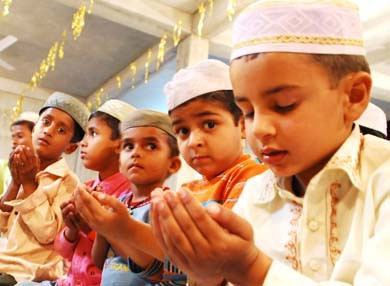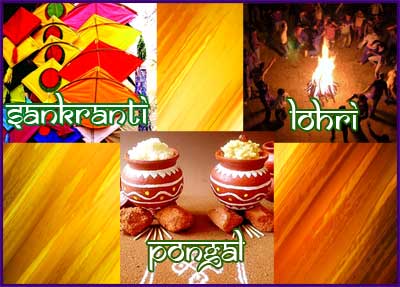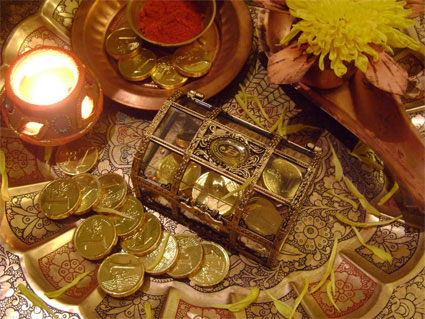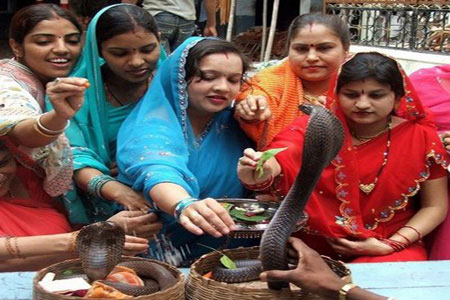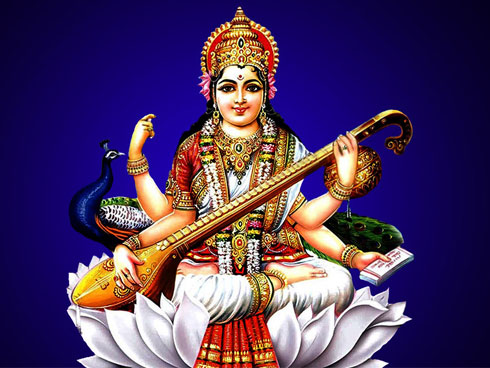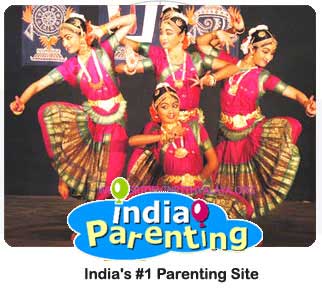Id-E-Milad is celebrated by the believers of Islam in the third month of Islam in memory of Prophet Mohammad. Find out interesting feature of the Id-E-Milad and how is it celebrated. Id-e-Milad is observed by believers of Islam all over the world with great piety. It is also known as Milad-Un-Nabee. It falls on the third month of Islam, that is, Rabi-Ul-Awal. Muslims also observe this day as the ‘Barah Wafat’ which translates to twelfth death. Hence, it is celebrated on the 12th day of the Rabi-Ul-Awal, which is also the death anniversary of the founder of Islam, Prophet Mohammad. This is basically the twelfth day of sickness of the Prophet, following which he succumbed. In this articleHow is IdEMilad observed?Rituals of The FestivalThe Sandal RiteUrs – The Twelfth DayHow is Id-E-Milad observed? The life of Prophet Mohammad is replete with noble deeds and on this particular day, all the noble men, the learned ones or the clerics recount the life of the Prophet and his noble deeds. The sermons are delivered in mosques and other public platforms in countries that are Islamic and people make it a point to attend them in large numbers. The sermons focus on the life and work of the Prophet and the preaching also involves encouraging people to follow the path of the Prophet as an ideal. Rituals of The FestivalEsal-E-Swaab is an important part of the festival of Id-E-Milad. Esal-E-Swaab means salutation to the Prophet, where people pray to Allah so that he is granted peace and is blessed.The next important part of the festival involves charity, where Sadaqah Khairaat or the alms are given to the poor, so that they too can fulfil the needs of regular life.The third vital part of the festival is remembering of Walidaah, or the birth of the Prophet, who is believed to have taken birth to help people realise the path of truth, nobility and grace. The Sandal Rite This is an interesting feature of the Id-E-Milad, where followers of Islam pay their respects to the symbolic footprints of the Prophet which are engraved on stone. Often the clerics decide to deliver the sermon near this symbolic footprint. The stone bearing these footprints are smeared with sandalwood paste and other perfumes. A horse or a ‘Buraq’ is also placed near this footprints, as lit is believed that it is on this Buraq, the Prophet had ascended to Heaven. A casket containing perfumes, sandalwood powder and silks is kept near the place of worship and elaborately decorated. Marsiyas or elegies are sung in the traditional way in order to mark the events leading to the last days of the Prophet. Urs – The Twelfth Day This is the twelfth day which is observed with great devotion and piety. Silence and peace are observed and it is mostly about offering alms and in quiet prayers for the Prophet. It is the commemoration and remembrance of the Prophet with love and respect. Finally, the most important part of the Id-E-Milad is that it is not supposed to be observed only on Rabi-Ul-Awal, but anytime or every time of the year can be observed for the same. It is a very noble festival where people take out time to remember and focus on the good deeds of the Prophet and renew their oath to follow the path of charity and nobility taken by Mohammad. It is rather a reminder of the people to keep faith in the ideals of humanity and reaffirm their cause towards helping fellow people in need. Like other festivals, this one too has this positive community building objective where people are urged to follow the ideals of nobility and truth.
Id-E-Milad is celebrated by the believers of Islam in the third month of Islam in memory of Prophet Mohammad. Find out interesting feature of the Id-E-Milad and how is it celebrated. Id-e-Milad is observed by believers of Islam all over the world with great piety. It is also known as
Milad-Un-Nabee. It falls on the third month of Islam, that is,
Rabi-Ul-Awal. Muslims also observe this day as the ‘
Barah Wafat’ which translates to twelfth death. Hence, it is celebrated on the 12
th day of the
Rabi-Ul-Awal, which is also the death anniversary of the founder of Islam,
Prophet Mohammad. This is basically the twelfth day of sickness of the Prophet, following which he succumbed.
How is Id-E-Milad observed?
The life of Prophet Mohammad is replete with noble deeds and on this particular day, all the noble men, the learned ones or the clerics recount the life of the Prophet and his noble deeds. The sermons are delivered in mosques and other public platforms in countries that are Islamic and people make it a point to attend them in large numbers. The sermons focus on the life and work of the Prophet and the preaching also involves encouraging people to follow the path of the Prophet as an ideal.
Rituals of The Festival
- Esal-E-Swaab is an important part of the festival of Id-E-Milad. Esal-E-Swaab means salutation to the Prophet, where people pray to Allah so that he is granted peace and is blessed.
- The next important part of the festival involves charity, where Sadaqah Khairaat or the alms are given to the poor, so that they too can fulfil the needs of regular life.
- The third vital part of the festival is remembering of Walidaah, or the birth of the Prophet, who is believed to have taken birth to help people realise the path of truth, nobility and grace.
The Sandal Rite
This is an interesting feature of the Id-E-Milad, where followers of Islam pay their respects to the symbolic footprints of the Prophet which are engraved on stone. Often the clerics decide to deliver the sermon near this symbolic footprint. The stone bearing these footprints are smeared with sandalwood paste and other perfumes. A horse or a ‘Buraq’ is also placed near this footprints, as lit is believed that it is on this Buraq, the Prophet had ascended to Heaven.
A casket containing perfumes, sandalwood powder and silks is kept near the place of worship and elaborately decorated. Marsiyas or elegies are sung in the traditional way in order to mark the events leading to the last days of the Prophet.
Urs – The Twelfth Day
This is the twelfth day which is observed with great devotion and piety. Silence and peace are observed and it is mostly about offering alms and in quiet prayers for the Prophet. It is the commemoration and remembrance of the Prophet with love and respect.
Finally, the most important part of the Id-E-Milad is that it is not supposed to be observed only on Rabi-Ul-Awal, but anytime or every time of the year can be observed for the same. It is a very noble festival where people take out time to remember and focus on the good deeds of the Prophet and renew their oath to follow the path of charity and nobility taken by Mohammad. It is rather a reminder of the people to keep faith in the ideals of humanity and reaffirm their cause towards helping fellow people in need. Like other festivals, this one too has this positive community building objective where people are urged to follow the ideals of nobility and truth.












